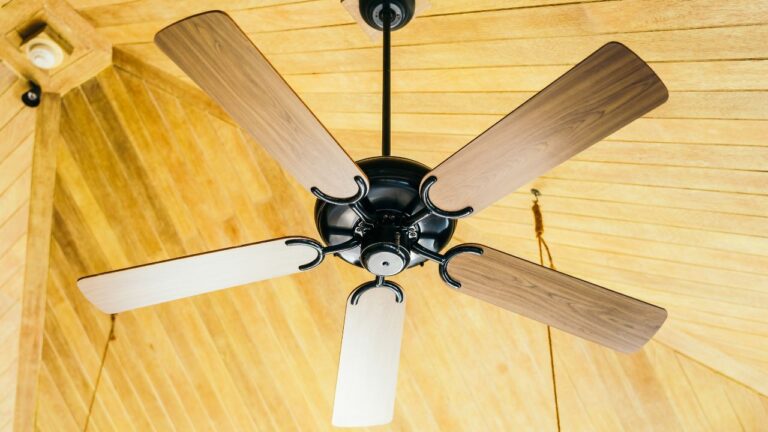9 Things In Your Yard That Can Get Damaged by Morning Dew Alone
It doesn’t have to storm for your yard to take a hit. Morning dew might seem harmless, but that slow, consistent moisture can quietly wear down all kinds of surfaces and materials. If something’s not made to handle humidity or it doesn’t dry out fast, that repeated exposure adds up.
Before you shrug it off, take a walk around your yard. These are some of the most common things that get damaged by morning dew alone—and a few of them might surprise you.
Outdoor Cushions

Even “weather-resistant” cushions can get ruined if dew keeps settling on them. That moisture gets trapped in the fabric and padding, leading to mildew, mold, and nasty odors.
If your cushions feel damp in the morning, they’re holding more moisture than you think. Either bring them in at night or store them in a deck box to let them dry out between uses. Leaving them out all season is a quick way to shorten their lifespan.
Wooden Furniture
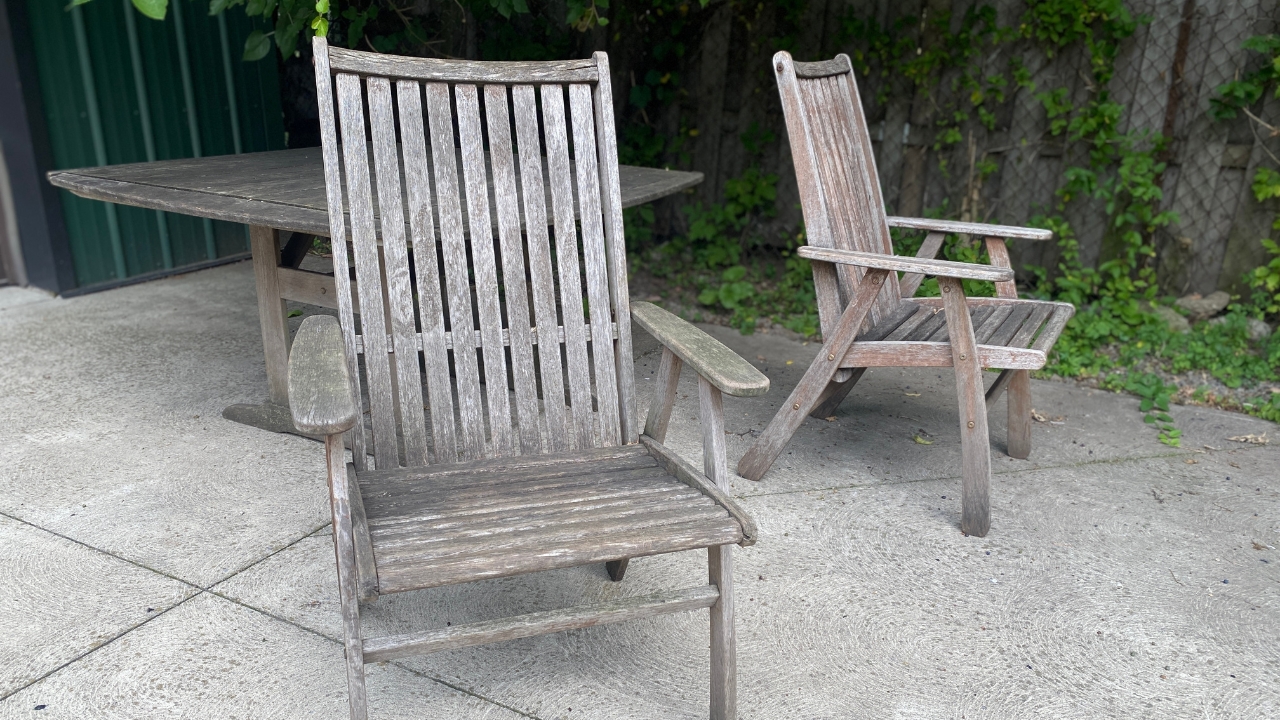
Wood and water don’t get along long-term. Morning dew seeps into unfinished or lightly sealed outdoor furniture and causes it to swell, crack, or rot over time.
Even if the piece looks fine on the surface, those joints and legs are slowly weakening. A proper sealer or a good cover goes a long way here—especially in humid climates or shaded areas that stay damp longer.
Grill Covers
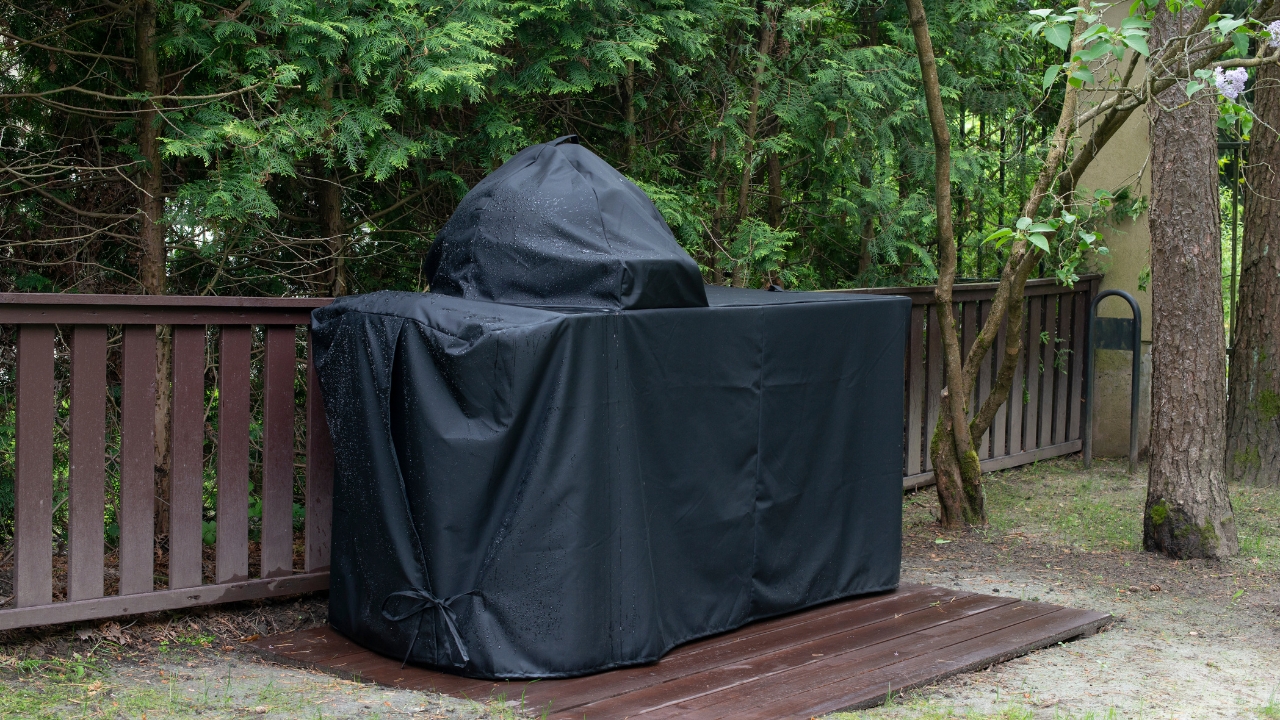
It’s easy to forget about the cover, but morning dew settles on it every day, and if it doesn’t dry out fast, mold and mildew will start forming on the inside.
Once that happens, the cover can actually trap moisture on your grill instead of protecting it. Make sure it fits well, isn’t sagging in spots, and is stored properly when not in use.
Untreated Tools

Leaving metal tools or attachments out overnight will guarantee dew exposure—and with that comes rust. Even stainless tools will start to corrode if they stay wet often enough.
Always dry them off and store them somewhere protected. Hanging them in the garage or a shed with decent airflow is better than tossing them on the porch or leaving them leaned up by the fence.
Patio Rugs

Most patio rugs aren’t designed to handle consistent moisture. If yours stays wet in the mornings, it’s probably soaking up that dew—and holding onto it.
That constant dampness can lead to mold underneath or damage the deck or concrete it sits on. Pick up one corner and check underneath it from time to time. If it feels slimy or smells musty, it’s time to clean it or rotate it out.
String Lights and Extension Cords
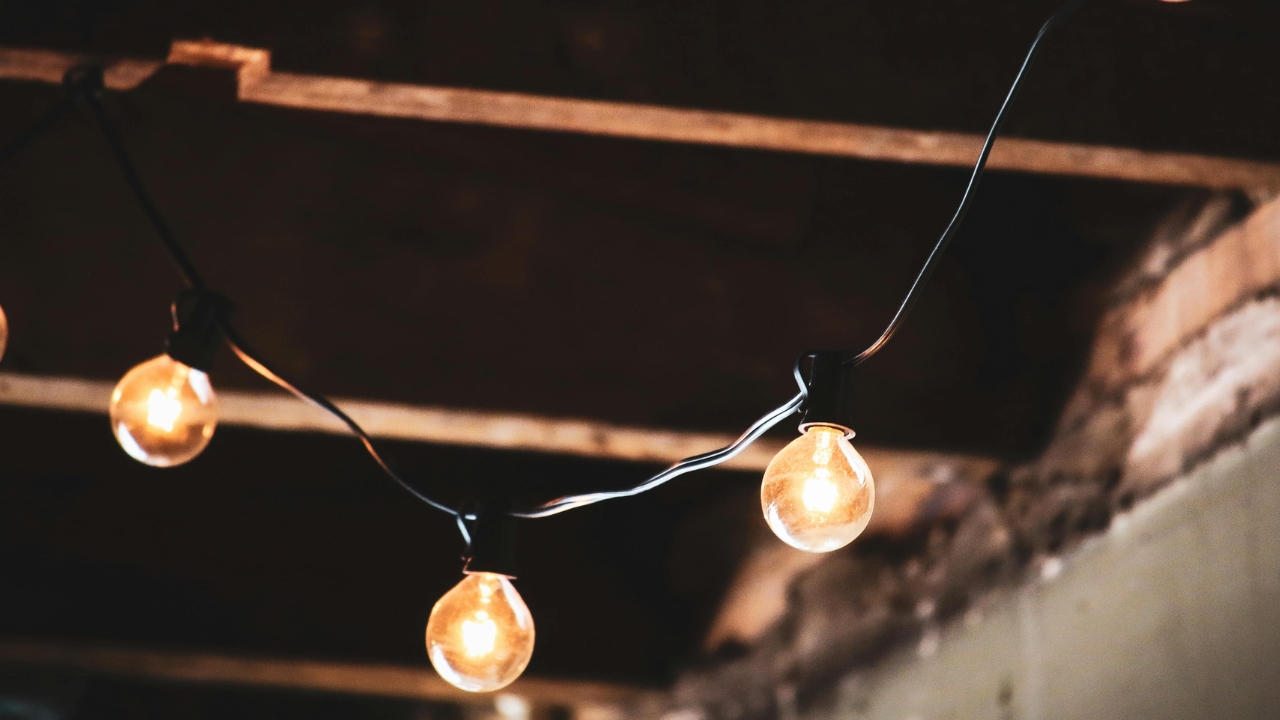
If you leave plug-in lights or cords outside overnight, even under a covered porch, dew can still reach the connections and wiring.
That kind of moisture exposure adds up and can cause shorts or corrosion. Battery-powered or solar lights are better for long-term setups, but if you need to plug something in, make sure it’s outdoor-rated and stored between uses.
Cardboard Boxes
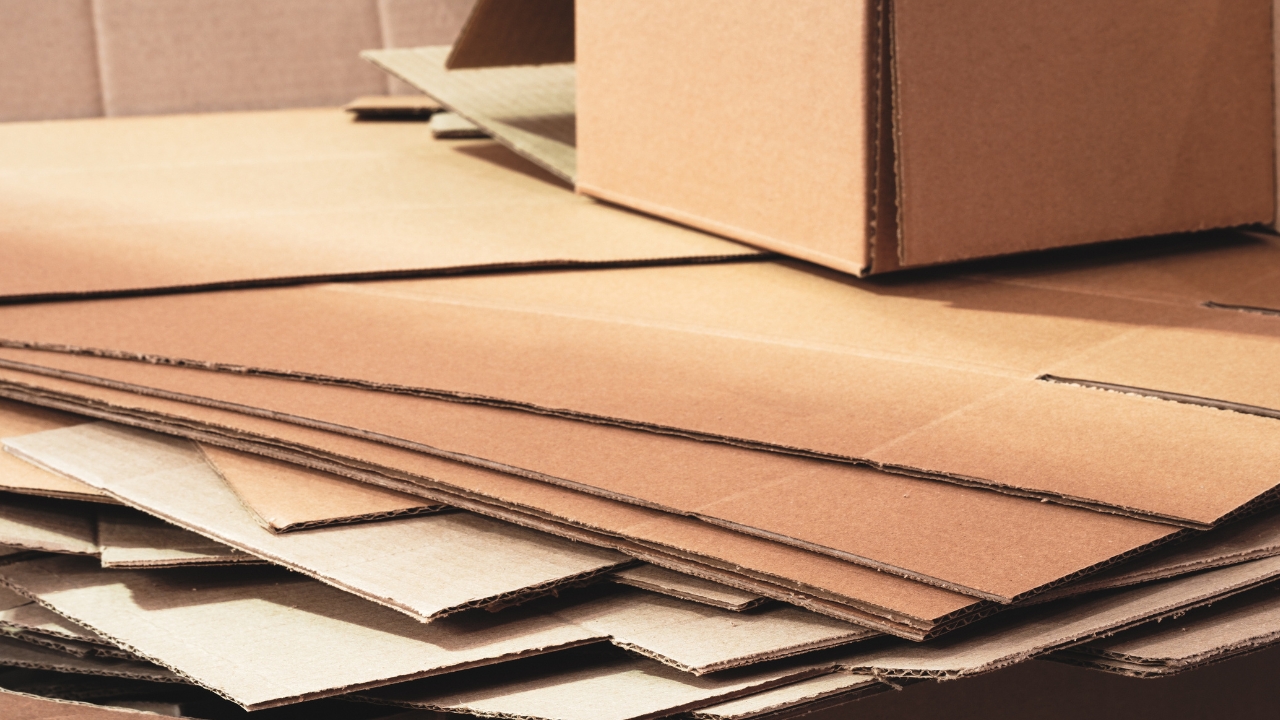
It sounds obvious, but folks will leave boxes of supplies, tools, or gear on the porch thinking they’ll grab it later. Dew soaks through cardboard fast.
Even one damp morning can weaken the bottom and leave you with soggy contents or warped materials. If something has to stay outside temporarily, transfer it to a plastic tote or cover it fully.
Firewood Stacks

Stacked firewood needs airflow and a good cover. If the top’s not protected or it’s sitting directly on the ground, morning dew will keep it damp and encourage rot and bugs.
Over time, that moisture ruins the quality of the wood and makes it harder to burn clean. Store it off the ground and keep it loosely covered—tarps that touch the ground will hold in even more moisture.
Garden Decor
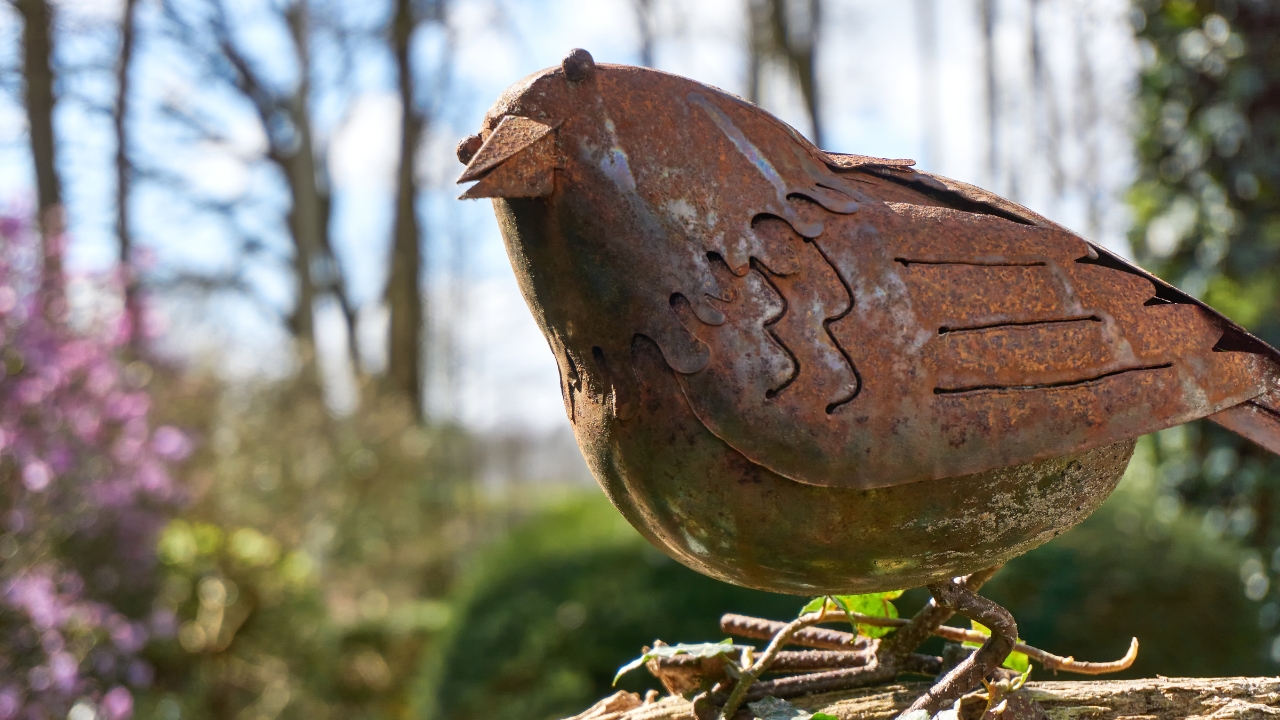
Painted statues, signs, and decorative items can start to peel, rust, or fade fast if dew sits on them every day. Many are made of materials that weren’t meant to be soaked repeatedly.
Look for bubbling paint, rust at the base, or discoloration. A quick spray sealant or moving the item to a covered spot can help them last a lot longer.
*This article was developed with AI-powered tools and has been carefully reviewed by our editors.






